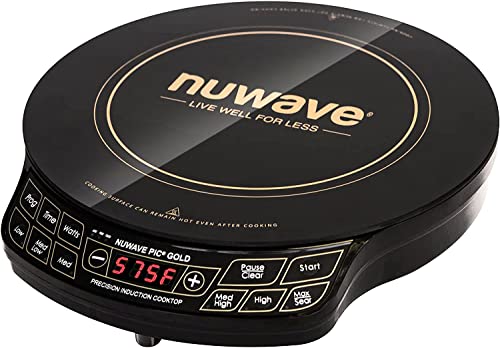GotSmart
Well-known member
- Joined
- Jan 15, 2014
- Messages
- 5,356
- Reaction score
- 114
Insulation is not just made with fiberglass anymore.
Look up denim insulation. UltraTouch. Lowes sells it.
http://www.bondedlogic.com/ultratouch-denim-insulation/
Also with a roof vent I blow out the excess heat quickly in the summer, and by covering the inside of the vent with a pad I keep the heat from escaping in the winter.
Look up denim insulation. UltraTouch. Lowes sells it.
http://www.bondedlogic.com/ultratouch-denim-insulation/
Also with a roof vent I blow out the excess heat quickly in the summer, and by covering the inside of the vent with a pad I keep the heat from escaping in the winter.











































































